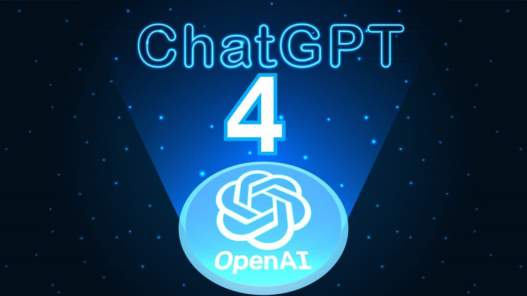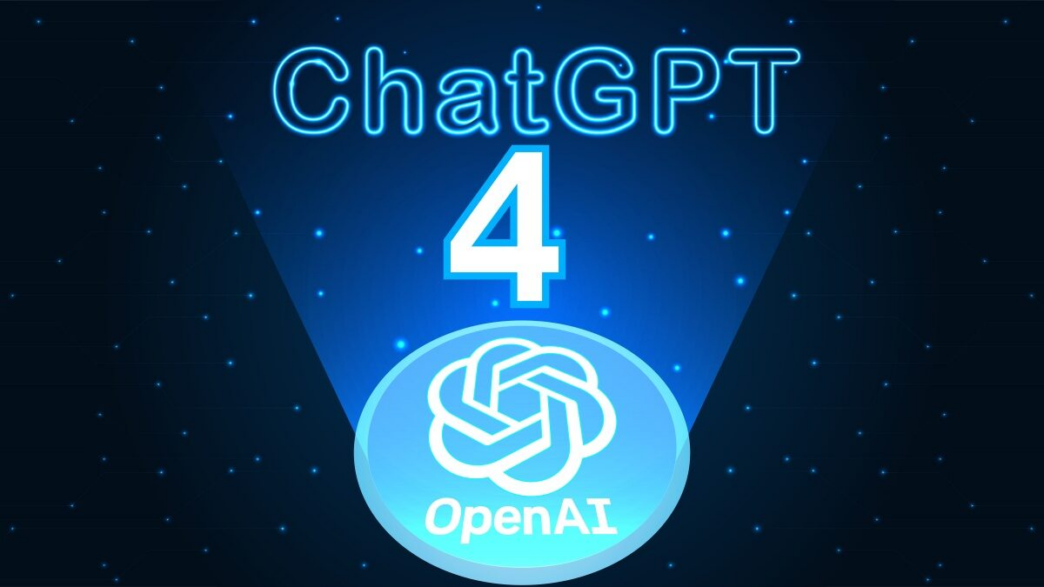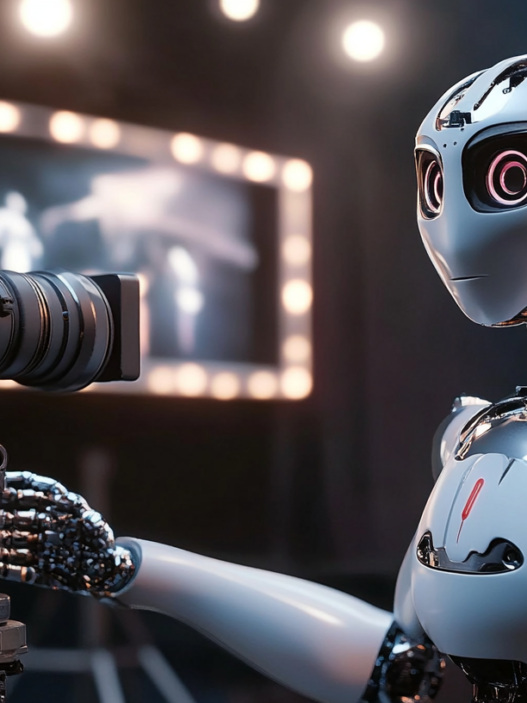Since the internet and the iPhone, there hasn’t been a tech advancement that’s caused such a surge of interest and development.
AI Everywhere
Artificial intelligence is ubiquitous, whether you’re aware of it or not. It powers the chatbots you interact with online, the music playlists you enjoy, and the ads that seem to know exactly what you want. Now, AI is becoming more visible with applications like Meta AI in social media apps, Google’s Gemini working behind the scenes, and Apple Intelligence beginning its slow rollout.
A Brief History of AI
AI’s history dates back to a 1956 conference at Dartmouth, where the term “artificial intelligence” was first discussed. Key milestones include the development of ELIZA, the first chatbot, by MIT’s Joseph Weizenbaum in 1964, and Google’s autocomplete feature in 2004.
The year 2022 marked a turning point with the rise of ChatGPT, leading to a rapid acceleration in generative AI development and product releases, including Google Bard (now Gemini), Microsoft Copilot, IBM Watsonx.ai, and Meta’s open-source Llama models.
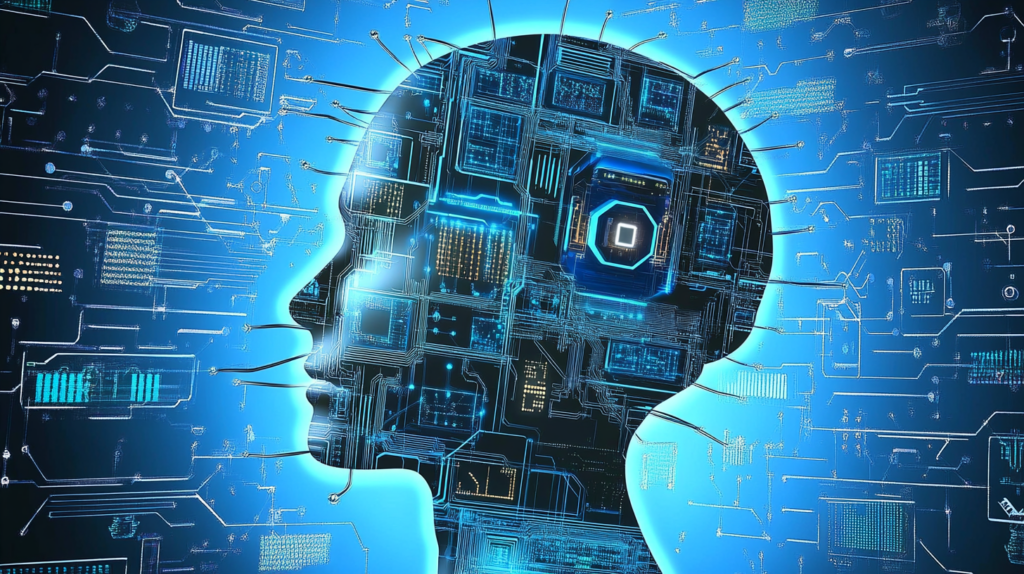
Generative AI in a Nutshell
Generative AI refers to AI systems that generate new content based on patterns and data they’ve learned. Unlike traditional AI, which focuses on data analysis and prediction, generative AI produces creative outputs like text, images, music, videos, and software code.
Popular generative AI tools include:
- ChatGPT, capable of crafting human-like conversations or essays from simple prompts.
- Dall-E and Midjourney, which create detailed artwork from short descriptions.
- Adobe Firefly, focusing on image editing and design.
The AI That’s Not Generative AI
Not all AI is generative. Traditional AI is excellent at data analysis, prediction, and solving complex problems in fields like science, medicine, weather forecasting, fraud detection, and financial analysis. For instance, the AI that beat human champions at chess and Go was not generative AI.
While perhaps less flashy, classic AI remains a critical component of the technology we use daily.
How Generative AI Works
The magic of generative AI comes from large language models and advanced machine learning techniques. These systems are trained on vast datasets, learning patterns, relationships, and structures to generate new content. If asked to write a poem about the ocean, for example, it doesn’t just retrieve existing verses; it creates something entirely new based on its understanding of poetry, oceans, and language structure.
However, the results aren’t always perfect. AI might misunderstand prompts or produce unexpected, overly creative outputs. It might also confidently provide incorrect information, necessitating fact-checking. These quirks, often referred to as “hallucinations,” are part of what makes generative AI both intriguing and challenging.
Generative AI is evolving, now capable of understanding multiple data types through technologies like machine learning, natural language processing, and computer vision. This multimodal AI can integrate text, images, video, and speech, providing more contextually relevant and accurate responses. Examples include ChatGPT’s Advanced Voice Mode and Google’s Project Astra.

Challenges of Generative AI
The rapid proliferation of generative AI tools has raised numerous concerns:
- Ownership of AI-generated content.
- What material can be used for training AI models — see, for instance, the New York Times lawsuit against OpenAI and Microsoft.
- Privacy issues, job displacement, accountability, and the creation of deepfakes.
- The environmental impact due to the high energy consumption of training large AI models.
The rapid rise of generative AI has also heightened general concerns about AI risks, prompting increased regulatory efforts like the European Union’s AI Act.
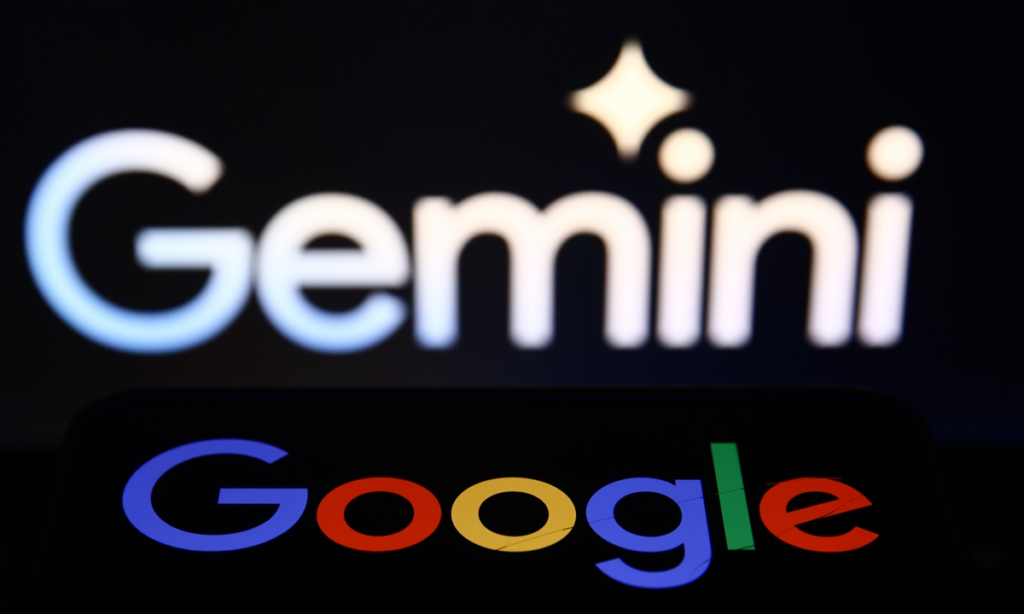
Generative AI in Everyday Life
Many people have already interacted with AI through customer service chatbots or virtual assistants like Siri, Alexa, and Google Assistant, which are now evolving into generative AI tools. According to McKinsey’s 2024 Global AI Survey, 65% of respondents reported regular use of generative AI in their organizations, up from just 10 months earlier. Industries such as health care and finance are leveraging generative AI to streamline operations and automate routine tasks.
Generative AI isn’t just for tech enthusiasts or creatives. Once you master prompt crafting, it can significantly simplify various daily tasks. For example, planning a trip can be as simple as asking a chatbot to create an itinerary tailored to your preferences. (Always fact-check its suggestions.) A small business owner can use generative AI to produce compelling visuals and ad copy without a design team.
Generative AI is Here to Stay
Despite its challenges, generative AI is undeniably transformative. It democratizes creativity, streamlines business processes, and fosters new problem-solving approaches. The most exciting aspect might be its untapped potential, as we’ve only begun to explore what these tools can achieve.







